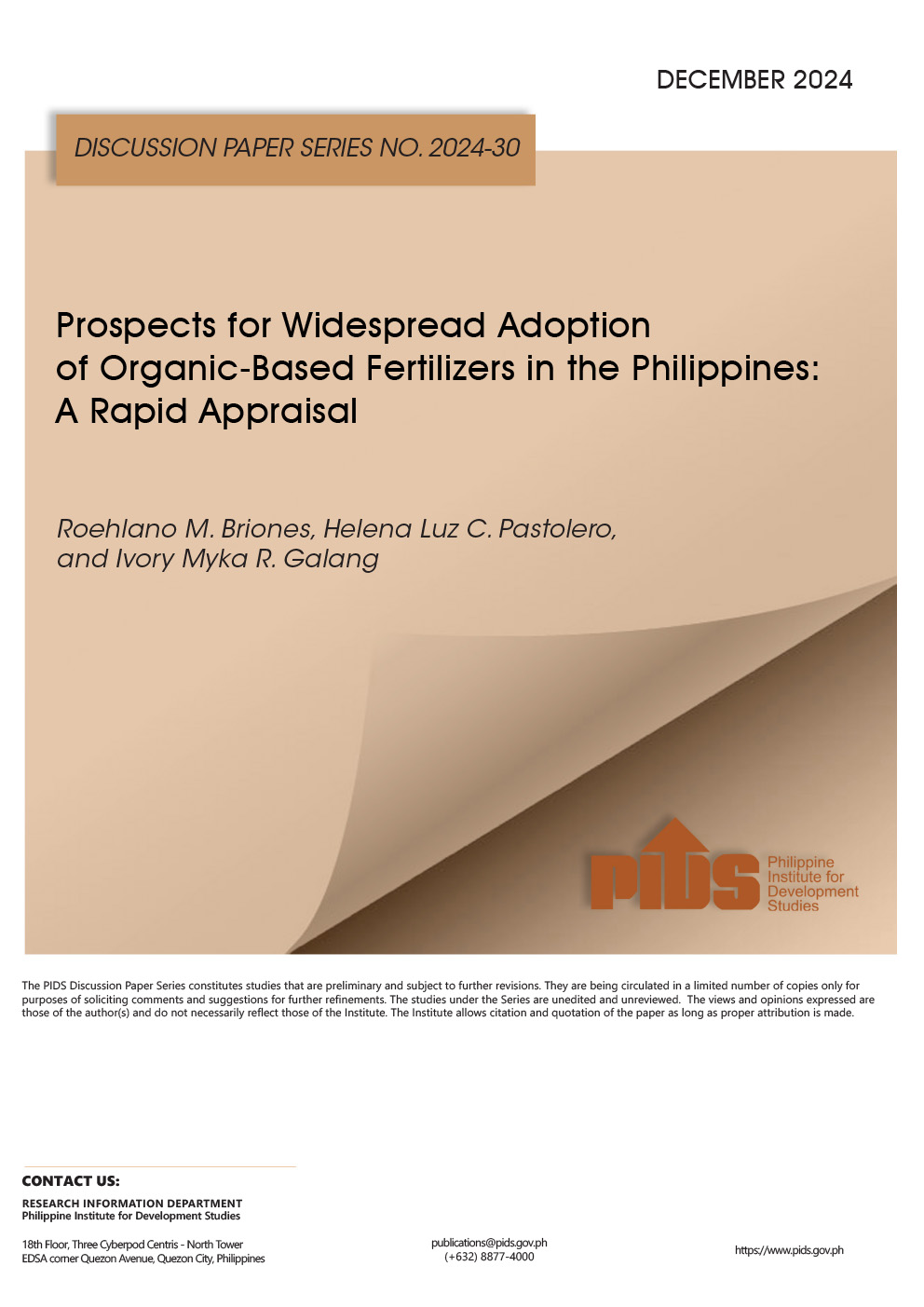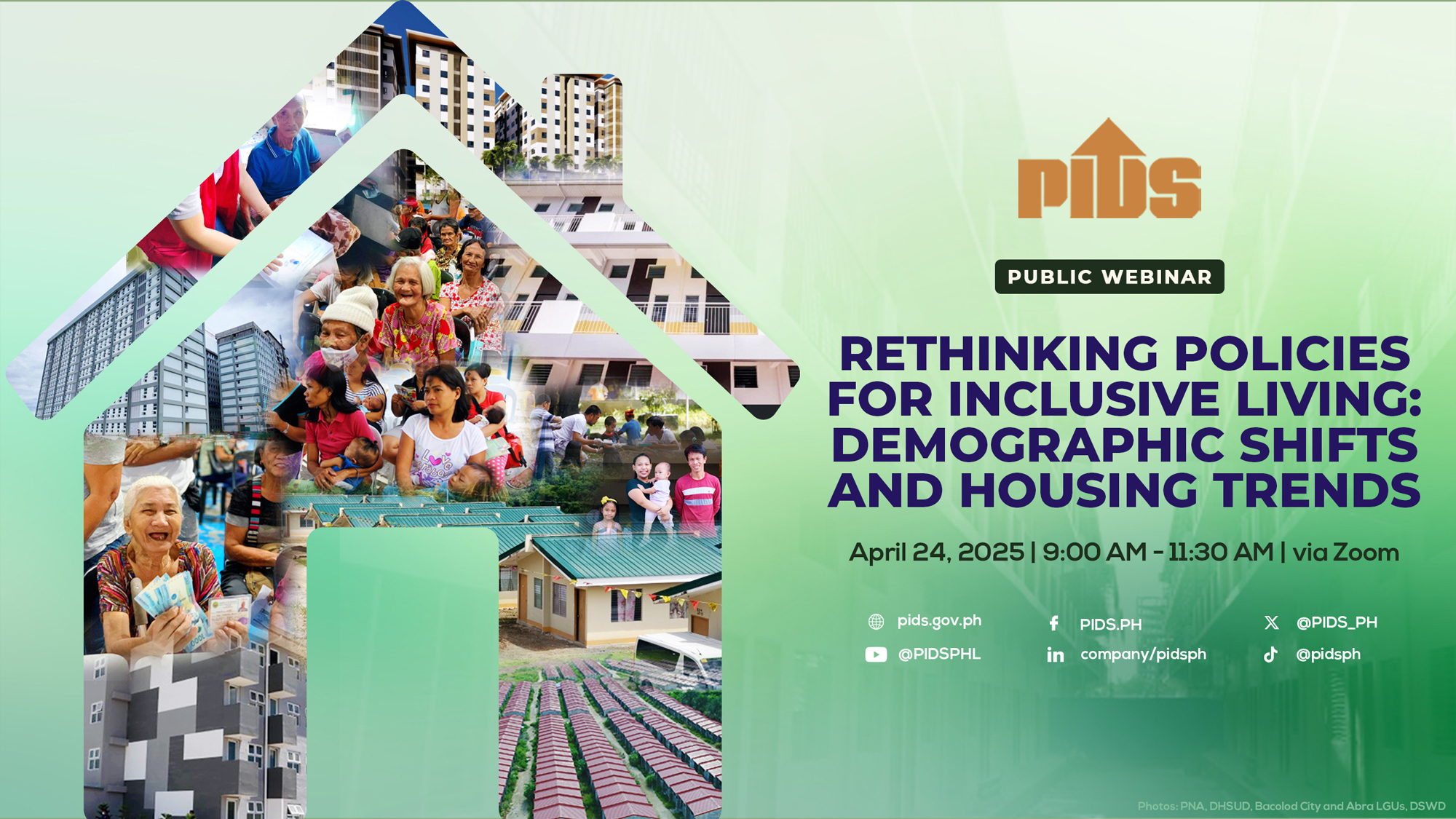(First of two parts)
Around 50 percent of the world’s habitable land had already been converted to farming land, according to the World Wide Fund (WWF) Global’s report entitled, “Farming: Habitat Conversion & Loss.”
The WWF further reported that farming land will have to expand, with a further 120 million hectares of natural habitat expected to be converted to farmland, to meet the demand for food by the year 2050.
Sound rural dev’t
In this regard, the Philippine government enacted the Comprehensive Agrarian Reform Law of 1988 (CARP) as among its efforts to strengthen the farming industry and promote sound rural development and industrialization.
The CARP was enacted in accordance with the Philippines’ declared policies to, among others: (a) promote social justice through a more equitable distribution and ownership of land, with due regard to rights of landowners to just compensation and to the ecological needs of the nation; (b) pursue an agrarian reform program in which farmers and regular farm workers, who are landless, to own directly or collectively the lands they till or, in the case of other farm workers, to receive a just share of the fruits thereof; and (c) land has a social function and land ownership has a social responsibility.
Under the CARP, no person may own or retain, directly or indirectly, any public or private agricultural land, the size of which shall vary according to factors governing a viable family-size farm as may be determined by the Presidential Agrarian Reform Council, exceeding five hectares.
Three hectares may be awarded to each child of the landowner, subject to the following qualifications: (a) that he is at least 15 years of age; and (b) that he is actually tilling the land or directly managing the farm.
The landowner shall exercise the right to choose the land to be retained. But in case the area selected for retention by the landowner is tenanted, the tenant shall have the option to choose whether to: (a) remain in the retained land; or (b) be a beneficiary in the same or another agricultural land with similar or comparable features.
The tenant must exercise this option within a period of one year from the time the landowner manifests his choice of the area for retention.
Meanwhile, beneficiaries, who include agricultural lessees and share tenants, regular, seasonal, and other farm workers, actual tillers or occupants of public land, collectives or cooperatives of said beneficiaries, and others directly working on the land, may own not more than three hectares of agricultural land.
The CARP likewise states that the distribution of all land within its coverage shall be immediately implemented and completed within 10 years from its effectivity in 1988.
Extension
But, is the Philippines taking a step back from the WWF’s plausible prediction?
The Comprehensive Land Reform Program Extension with Reforms (CARPER), which was enacted to extend the acquisition and distribution of agricultural land under CARP, expired on June 30, 2014, with thousands of hectares of land still to be distributed to farmers.
In fact, according to the Official Gazette, the Department of Agricultural Reform (DAR) and Department of Environment and Natural Resources still needed to acquire a total of 906,652 hectares of agricultural land for its distribution between 2014 and 2016.
Furthermore, according to DAR Secretary Rafael V. Mariano, pending cases of conversion and protests on coverage impede the distribution of lands to the farmers. In a report by the DAR, 58,220 agrarian law implementation cases remain pending from July 2016 to June 2017.
Of these, 27,981 cases were resolved and covered, including 209 dialogues involving 12,292 farmers, which was more than double the 97 consultation-dialogues held and 12 times the number of farmers accommodated from July 2015 to June 2016.
Nevertheless, Mariano said, “Farmers are still wallowing in poverty and landlessness. Landlords are using the courts to thwart the distribution of lands to agrarian reform beneficiaries.”
(To be continued)
(Last of a series)
Unbridled approval of land use conversion (LUC) applications may also impede the growth of the Philippine agriculture industry.
“… [S]ignificant problems arise in the use and allocation of land, e.g. the continuing tension behind the conversion of agrarian reform lands to non-agricultural use,” said Philippine Institute for Development Studies’ Gilberto M. Llanto and Marife M. Ballesteros in their discussion paper entitled, “Land Issues in Poverty Reduction Strategies and the Development Agenda: The Philippines.”
“… [W]ithout a clear and consistent land-use policy, the government finds itself in a policy bind: sometimes supporting sectors that would favor agricultural use over urban use, and on other occasions favoring those sectors that demand land for housing, business, and other non-agricultural uses.”
The article entitled, “Many Farms Lost to Land Conversion,” which was published on the March 1, 2017 issue of the Philippine Daily Inquirer, reported that between the years 1988, when the Comprehensive Agrarian Reform Law took effect, and 2016, LUC applications covering 97,592.5 hectares of agricultural land, or the size of Metro Manila and Cebu, were approved. The figure does not include pending applications for conversion, agricultural land reclassified by local government units, and illegally converted land.
In the article entitled, “EO on Land Conversion Moratorium Out Soon,” which was published in its March 2, 2017 issue, the PDI reported that agricultural lands were converted for residential, commercial, industrial, institutional, and other non-agricultural purposes. LUC processing for residential use was most frequent, having accounted for 57.77 percent of the applications, while land conversion for commercial use was a far second, with 15.26 percent.
In order to address rampant LUC and preserve prime agricultural lands to ensure food security, the Department of Agrarian Reform (DAR) implemented the 2002 Comprehensive Rules on Land Use Conversion.
Under the rules, the following criteria shall guide the resolution of LUC applications: (a) conversion may be allowed if the land subject of the application were not non-negotiable as defined under the Rules; and (b) conversion may be allowed, in accordance with Section 65 of the Comprehensive Agrarian Reform Program (CARP), when the land has ceased to be economically feasible and sound for agricultural purposes or the locality has become urbanized and the land will have a greater economic value for residential, commercial, industrial, or other non-agricultural purposes.
Meanwhile, conversion of lands within the Strategic Agriculture and Fisheries Development Zone shall consider the following factors: (a) LUC is consistent with the natural expansion of the municipality or locality, as contained in the approved physical framework and land use plan; (b) area to be converted in use is not the only remaining food production area of the community; (c) LUC shall not hamper the availability of irrigation to nearby farmlands; (d) the area with low productivity will be accorded priority for LUC; and (e) sufficient disturbance compensation shall be given to farmers whose livelihood are negatively affected by the land use conversion as provided for by existing laws and regulations.
When the agricultural land which is the subject of the application for conversion has been acquired under CARP, its conversion shall be allowed if the applicant is the agrarian reform beneficiary thereof, and after he has fully paid his obligation as required under Sec. 65 of CARP.
Persons affected by the proposed land use conversion may file a written protest against the application for conversion within 30 days from posting of the requisite billboards under Section 11 of the Rules, or within 15 days from the conduct of ocular inspection, whichever is later.
For applications involving housing projects under EO No. 45-2001, the protest period shall be within 17 days from posting of said billboards or within five days from conduct of ocular inspection, whichever is later.
The DAR also moves for a two-year moratorium on land use conversions, as well as a review of the local government units’ power to reclassify lands.
According to DAR Secretary Rafael V. Mariano, the final draft of an executive order covering such moratorium is now awaiting President Rodrigo Duterte’s signature.
Said Mariano in the DAR’s official website: “That two-year moratorium will give us time to reevaluate the previously approved [land conversion] applications. We can also find out if those lands were developed or not.”












